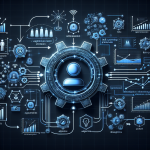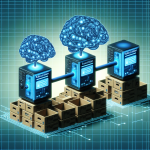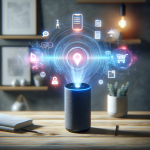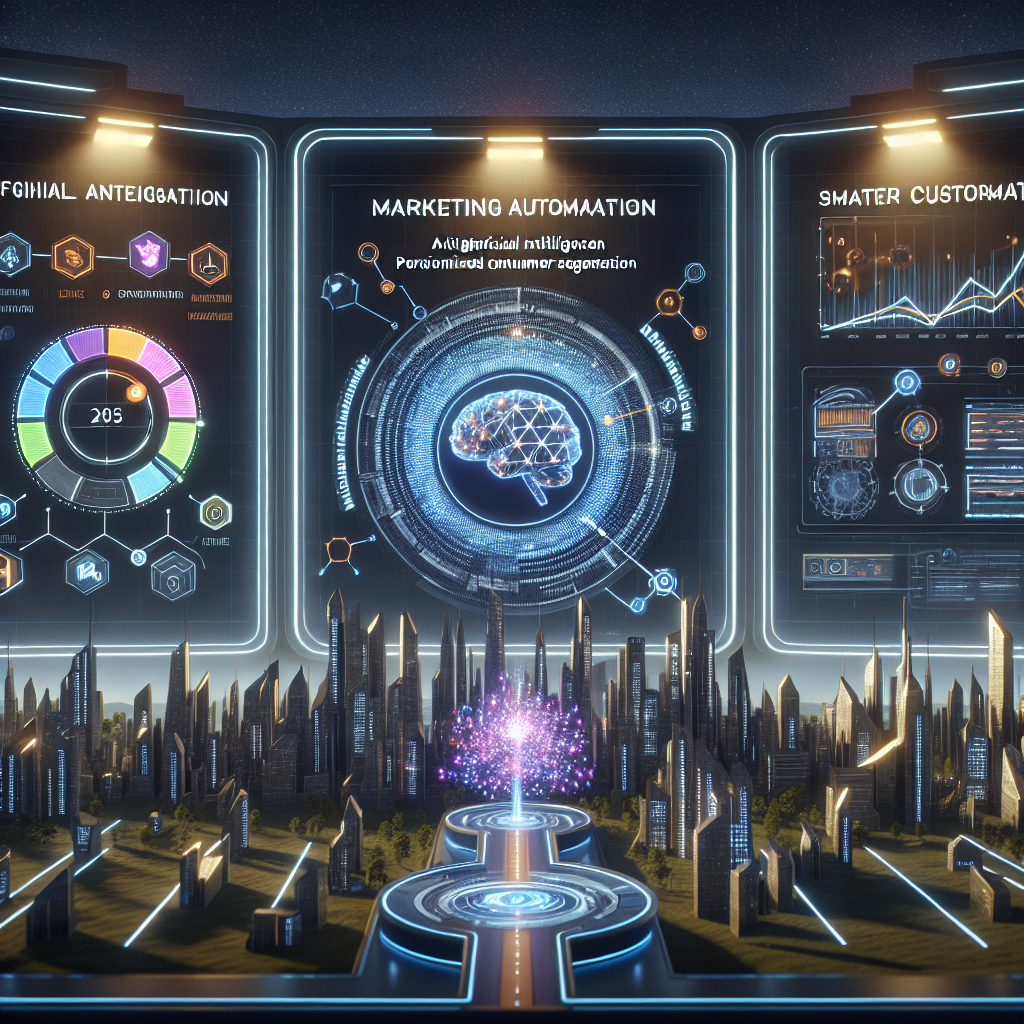The Evolution of Marketing: Automation Takes Center Stage in 2025
As we move deeper into the digital transformation era, 2025 has emerged as a pivotal year for marketing automation. Businesses across industries are increasingly leveraging intelligent tools to personalize customer experiences, optimize campaigns, and drive ROI. Marketing automation, once considered an innovative nice-to-have, is now an essential part of modern marketing strategy.
Why Marketing Automation Has Exploded
Several key factors have contributed to the rapid growth of marketing automation in 2025:
- AI and Machine Learning Advancements: Sophisticated algorithms now enable real-time data analysis, predictive analytics, and hyper-personalization of content.
- Omnichannel Integration: Automation tools can now manage customer interactions across email, social media, SMS, apps, and web platforms seamlessly.
- Remote and Hybrid Work Trends: Distributed teams require scalable solutions that foster collaboration and increase efficiency.
- Increased Consumer Expectations: Customers expect personalized experiences, compelling brands to adopt smarter marketing tactics.
Key Trends Defining Marketing Automation in 2025
Marketing automation has gone beyond scheduled emails and basic CRM integration. The following trends are reshaping the automation landscape:
1. Hyper-Personalization at Scale
Using real-time data and AI-driven insights, marketers can now deliver unique experiences tailored to individual behaviors, interests, and lifecycle stages. Personalized product recommendations, dynamic content delivery, and behavior-triggered messaging are now standard practices.
2. Conversational Marketing and AI Chatbots
Conversational interfaces powered by natural language processing (NLP) have become integral to automating customer support, lead generation, and product assistance. Chatbots are more intuitive and human-like, helping marketers deliver 24/7 engagement.
3. Predictive Lead Scoring
Automated systems can now accurately predict which leads are most likely to convert, optimizing sales pipelines and improving conversion rates. These predictive models learn continuously, becoming more accurate over time.
4. Voice and Visual Search Integration
With rising use of voice assistants and image-based search, automated marketing tools are adapting content strategies to cater to voice queries and visual discovery. This shift requires integration of SEO, metadata, and machine learning.
The Benefits Businesses Are Reaping
The investment in marketing automation is yielding significant value for organizations, including:
- Improved Efficiency: Automation reduces time spent on repetitive tasks, freeing marketers to focus on strategy and creativity.
- Better ROI: With better targeting and segmentation, campaigns are more effective, reducing acquisition costs.
- Enhanced Customer Journeys: Customers receive consistent, personalized experiences from initial engagement through post-purchase support.
Challenges to Address
Despite its numerous benefits, marketing automation isn’t without obstacles:
- Data Privacy and Compliance: As automation relies on customer data, navigating privacy laws like GDPR and CCPA becomes critical.
- Integration Complexity: Legacy systems and fragmented customer data can make it difficult to implement automation platforms smoothly.
- Content Demands: Automation requires a high volume of fresh, personalized content, which can strain creative teams.
The Future Outlook
Looking ahead, marketing automation will become increasingly autonomous and customer-centric. We anticipate a rise in no-code and low-code automation platforms, further democratizing access to advanced tools. Moreover, with the integration of augmented reality (AR) and the metaverse, the ways brands engage with customers will become more immersive and experiential.
Ultimately, businesses that embrace the full potential of automation in 2025 are not just improving their marketing—they’re transforming how they engage, convert, and retain customers in an increasingly connected digital world.






